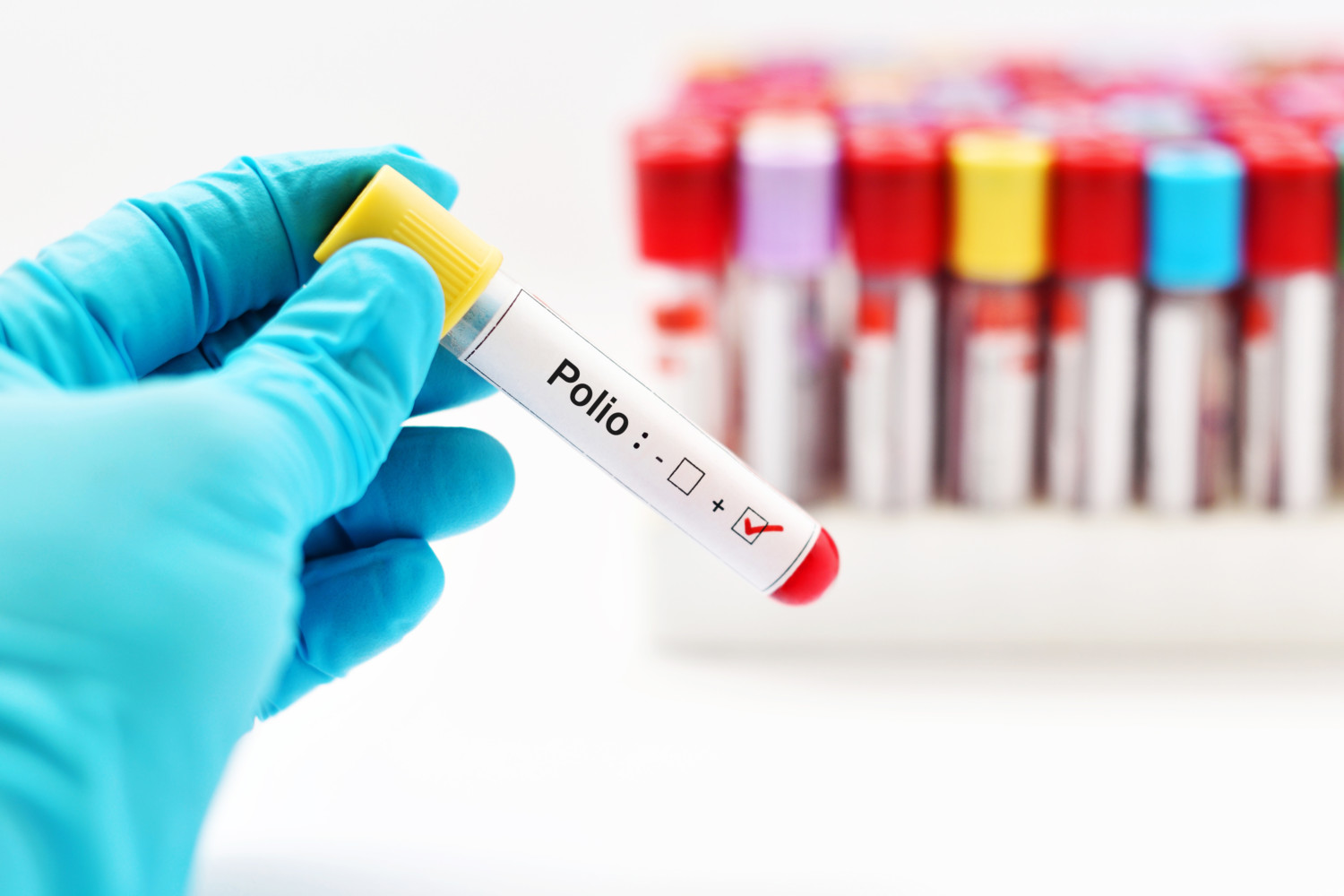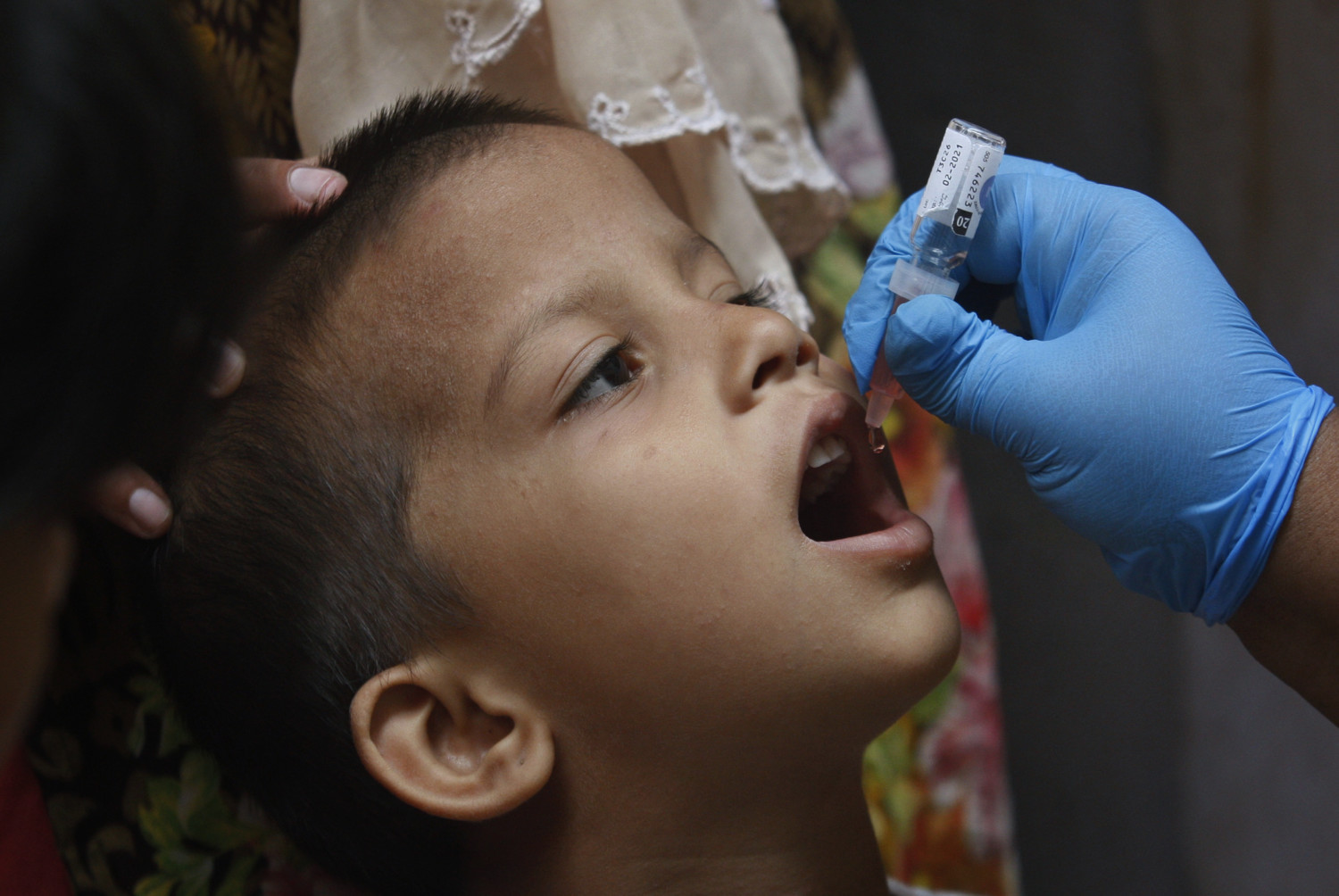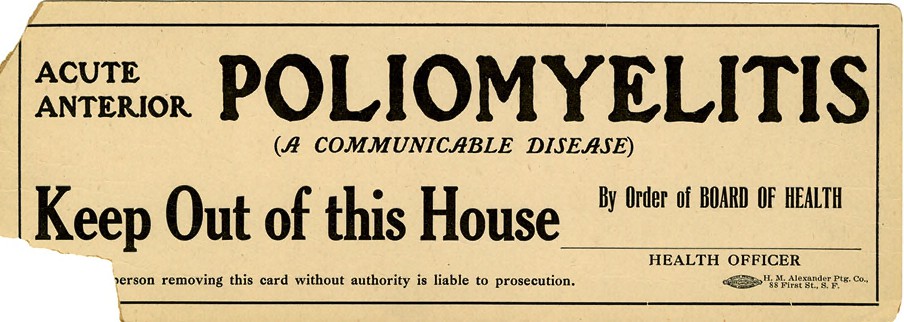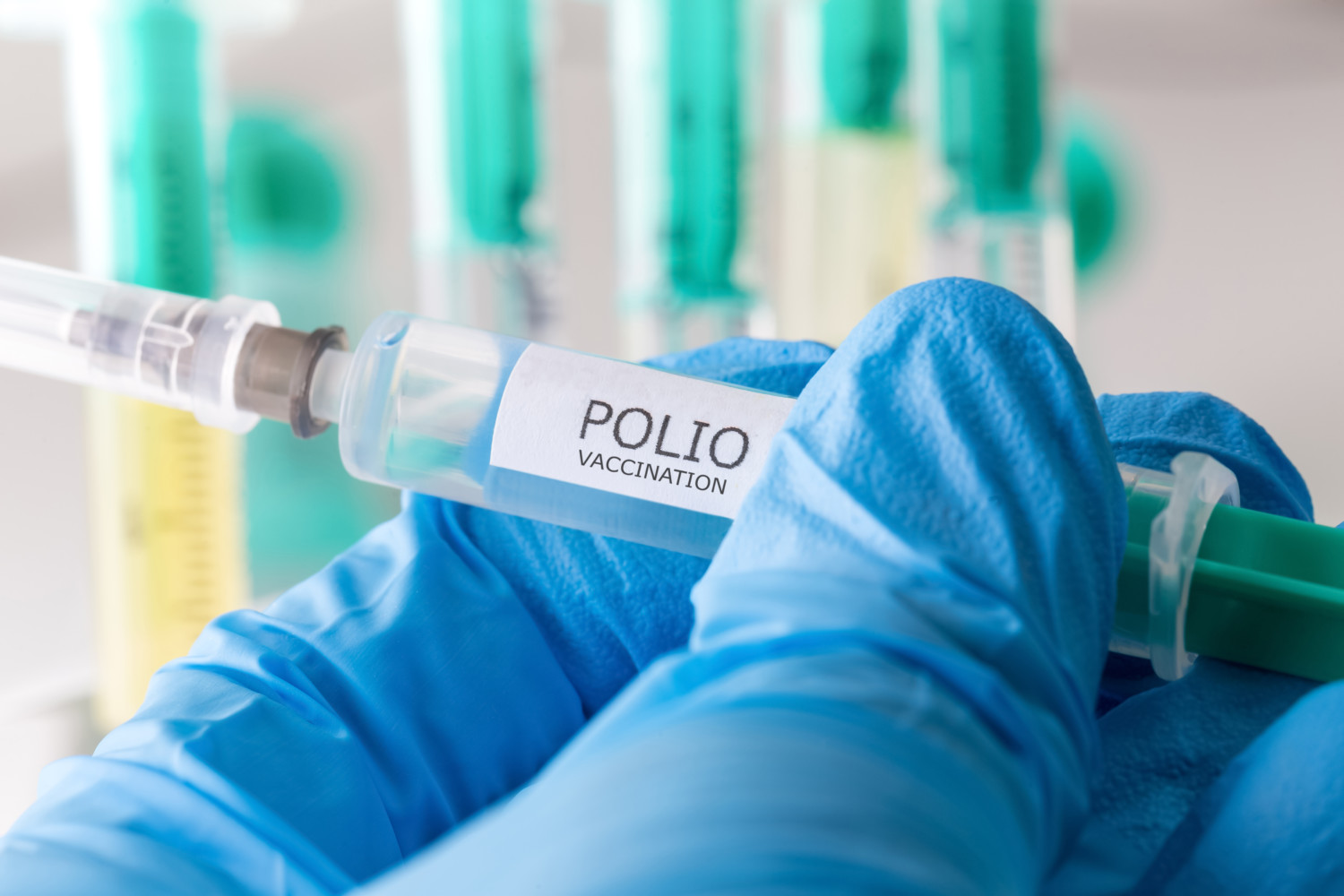Since 2020, much of the world has been focused on the COVID-19 pandemic and how to slow the spread of that virus. Now, a health concern from a bygone era has made a quiet comeback that has experts concerned.
In July, health officials in New York confirmed a case of polio in Rockland County, a mostly affluent region on the southern edge of the state. The announcement marked the first confirmed case of polio in the U.S. since 2013. According to a report from county officials, the infected person was unvaccinated and experienced leg paralysis. CBS News later reported state officials believed the patient had a vaccine-derived strain of the virus, meaning that it probably came from someone who had received a live vaccine.
Live polio vaccines haven’t been available in the U.S. since 2010, but they are overseas, and from the weakened live vaccine, it is possible for it to spread it to a close contact who isn’t vaccinated.

About a month after the confirmed case in Rockland County, health officials released a report stating poliovirus was detected in New York City wastewater. On Aug. 12, New York State’s health commissioner addressed concerns about possible spread.
“The detection of poliovirus in wastewater samples in New York City is alarming, but not surprising,” Dr. Mary T. Bassett said in a press release. “Already, the State Health Department — working with local and federal partners — is responding urgently, continuing case investigation and aggressively assessing spread.”
She said that hundreds of cases of polio may go undetected for every one that is detected and that getting children vaccinated against the virus is still the best way to shield them from its most severe effects.

What is Polio?
According to the U.S. Centers for Disease Control and Prevention, polio (poliomyelitis) “is a disabling and life-threatening disease caused by the poliovirus.” The virus is highly contagious and spreads through person-to-person contact. Poliovirus can infect food and water in unsanitary conditions, and it lives in an infected person’s throat and intestines.
In its latest polio report, dated Aug. 11, 2022, the CDC said the majority of people infected with poliovirus will not have visible symptoms. About 25% of people infected with the virus might experience flu-like symptoms that may include fever, headache, nausea, sore throat, stomach pain and fatigue. These symptoms can last between two and five days before disappearing.

However, polio can have more significant effects on a person’s health. The virus can attack the brain and spinal cord. A person with polio could develop meningitis, a severe infection in the brain or spinal cord covering. In the most severe cases, a polio patient might also experience paralysis in their legs and arms. Of the people who become paralyzed, between 2-10% of them will die because the paralysis affects the muscles used for breathing.
How Does Polio Spread?
Polio usually enters the body through the mouth. The most common ways this happens are through contact with solid waste (feces) of an infected person and, less often, through contact with sneeze or cough droplets from an infected person. The CDC warns that most people contract polio from picking up even minute pieces of infected feces on their hands and then touching their mouths. It can also come from contaminated objects, such as toys, that have come into contact with fecal matter.
Among the biggest concerns for health officials about polio is how the virus can live in an infected person’s body for weeks. This means they can pass the virus to other people before they even know they are infected. But why is polio making news now when it hasn’t been considered an urgent issue in America for so long? Health experts speculate it’s due to shifts in vaccination rates.
How Effective Has the Polio Vaccine Been?
Polio is hardly a new virus in the U.S., but it’s been a long time since it’s been seen as a major public health concern.
In the early 1900s, the polio epidemic gripped the world. In June 1916, New York officially declared a public polio epidemic in Brooklyn. More than 27,000 patients died that year across the world, with more than 6,000 of them in the U.S. Nearly a third of those deaths were in New York City alone.
According to England’s The Science Museum, widespread quarantines were issued and people were publicly outed for having the virus. People would have to post signs on their doors warning others to stay away or risk polio infection.

Despite these strict rules, polio cases would spike every year during the summer months. By 1952, the U.S. had 57,628 cases the Pennsylvania Department of Health reported, with nearly 3,200 deaths and more than 20,000 people left with some form of paralysis.
In the early 1950s, Dr. Jonas Salk, an expert in epidemiology (the study of causes of health comes and diseases) believed using a dead variant of the polio virus could be used in a vaccine to help eliminate the viral spread. He gave the vaccine to himself and other volunteers who had never had polio. The results showed promise in building antibodies to the virus. After a follow-up study in 1954 with 1 million children that lasted for a year, the polio vaccine was declared safe and became a milestone in public health.

Use of the vaccine increased in the following years and showed significant results. The polio vaccine — and its widespread adoption across America — are credited with dropping the number of cases from 45,000 in the two years before it was available to less than 1,000 in 1962.
By the end of the 20th century, many areas of the world were even declared “polio-free” by the World Health Organization. This declaration doesn’t mean the disease has been totally wiped out but signifies that no cases have been reported in a single year.
Yet, recent news indicates the presence of polio is on the rise. Scientists and doctors believe pockets of the population who haven’t received a polio vaccine could be a factor.
Why Is Polio Spreading Again?
When New York State health officials looked at the recent rates of polio vaccination, they noticed certain segments of the population were under-vaccinated. For example, in Rockland County, the location where the most recent polio case was confirmed, only 60.3% of people reported receiving the polio vaccination. This is almost 20% lower than the state average of nearly 79% of the population.
In addition, further study of vaccine rates showed that only 86.2% of children in New York City between the ages of 6 months and 5 years old received the full multi-dose polio vaccine.
“With polio circulating in our communities there is simply nothing more essential than vaccinating our children to protect them from this virus, and if you’re an unvaccinated or incompletely vaccinated adult, please choose now to get the vaccine,” said New York City Health Commissioner Dr. Ashwin Vasan in the August press statement. “Polio is entirely preventable and its reappearance should be a call to action for all of us.”

To help combat low immunization rates around the state, New York Gov. Kathy Hochul declared a state of emergency over polio. CNBC reported the goal of the order is to boost immunization rates to 90% statewide.
“On polio, we simply cannot roll the dice,” State Health Commissioner Bassett said in a press statement shared by CNBC. “I urge New Yorkers to not accept any risk at all. Polio immunization is safe and effective — protecting nearly all people against disease who receive the recommended doses.”
How To Know if You and Your Family Are Properly Protected Against Polio
The CDC has specific guidelines for children who receive the polio vaccine. It is a multi-dose vaccination that typically happens during the following doctor appointments:
- 2 months
- 4 months
- 6 to 18 months
- 4 through 6 years
Some doctors may be able to combine injections to lessen the total number of vaccines, but the CDC recommends parents consult their child’s pediatrician about vaccine options.
Most adults today likely received the polio vaccination series in their childhood. If you’re not sure of your own or your child’s polio vaccination status, you have a few options, according to the CDC.
- For children: Doctors and schools typically keep an updated record of children’s vaccine status. You can request a comprehensive list from your child’s pediatrician or the school health office.
- For adults: Many states have an Immunization Information System that might have detailed health records. Most of the time, you will need to fill out a request form to get the information.
For more information about adult polio vaccine procedures, visit the official CDC information page, What Adults in the U.S. Should Know About Polio.
This story originally appeared on Simplemost. Checkout Simplemost for additional stories.


